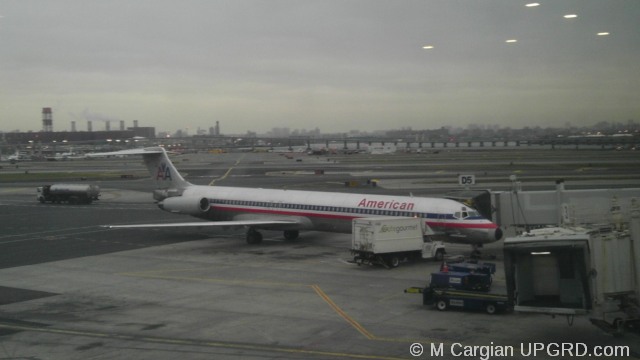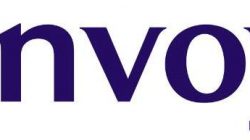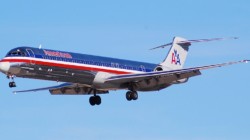Hi, my name is Mike and I love flying on the MD80. There I said it.
Many other frequent flyers lament the MD80s lack of in-flight entertainment (IFE), smaller overhead bins, boring non sky-interior, and general age of the aircraft. But I enjoy the fact that 80% of the seats are windows or aisles, there are sixteen seats in first increasing the likelihood of an upgrade (unlike an A319 on United), flying up in first class is nearly silent and on the rare occasion when my upgrade doesn’t clear, American Airlines’s row 20 (exit row) is very comfortable having more pitch than most domestic first class seats.
American announced on Facebook today that they took delivery of another 738 that finally tips the scales: “We now have more 737-800s in our fleet than MD-80s.” While it’s nice to see the fleet being modernized, I implore you to enjoy the ‘mad dogs’ while you can. Not only are they fun to fly in, but of important historical significance since deregulation.
In early 1983 the Transportation Workers Union, representing the mechanics of American Airlines, and the Association of Professional Flight Attendants ratified new contracts. The contacts allowed for American to hire new workers at a pay scale 30% less than the current workers. [1]
The A and B pay scales were born.
Now with the lower payscales approved, then CEO, Robert Crandall needed to boost the “B” scale ranks to bring his overall cost per seat mile down. He did this by placing a large order, at a bargain price, with McDonnell Douglas for new aircraft and hiring lots of new workers.
In the early 1980s McDonnell Douglas’ troubled Douglas Aircraft Group was in financial strife. Reeling from the 1979 crash of a DC-10 and in the midst of the recession – the order books were flat.
In early 1984 with the A/B payscales in hand and Douglas group’s poor balance sheet, Crandall negotiated a $1.3 billion order with McDonnell Douglas for 67 MD-80 planes with options for 100 more. [2] With the options the order totaled more than $3 billion, the largest order for its time. The price per plane was a marked 25% discount from the then estimated price of $25 million, a sign of Douglas’ willingness to negotiate.
By adding these planes to their fleet, American was able to rapidly expand their domestic structure and feed their new international routes. These changes led to fast growth as American tripled their revenue over the next decade.
So the next time you step onto a MD80 remember it’s not an old plane, but rather a plane with a lot of history.





